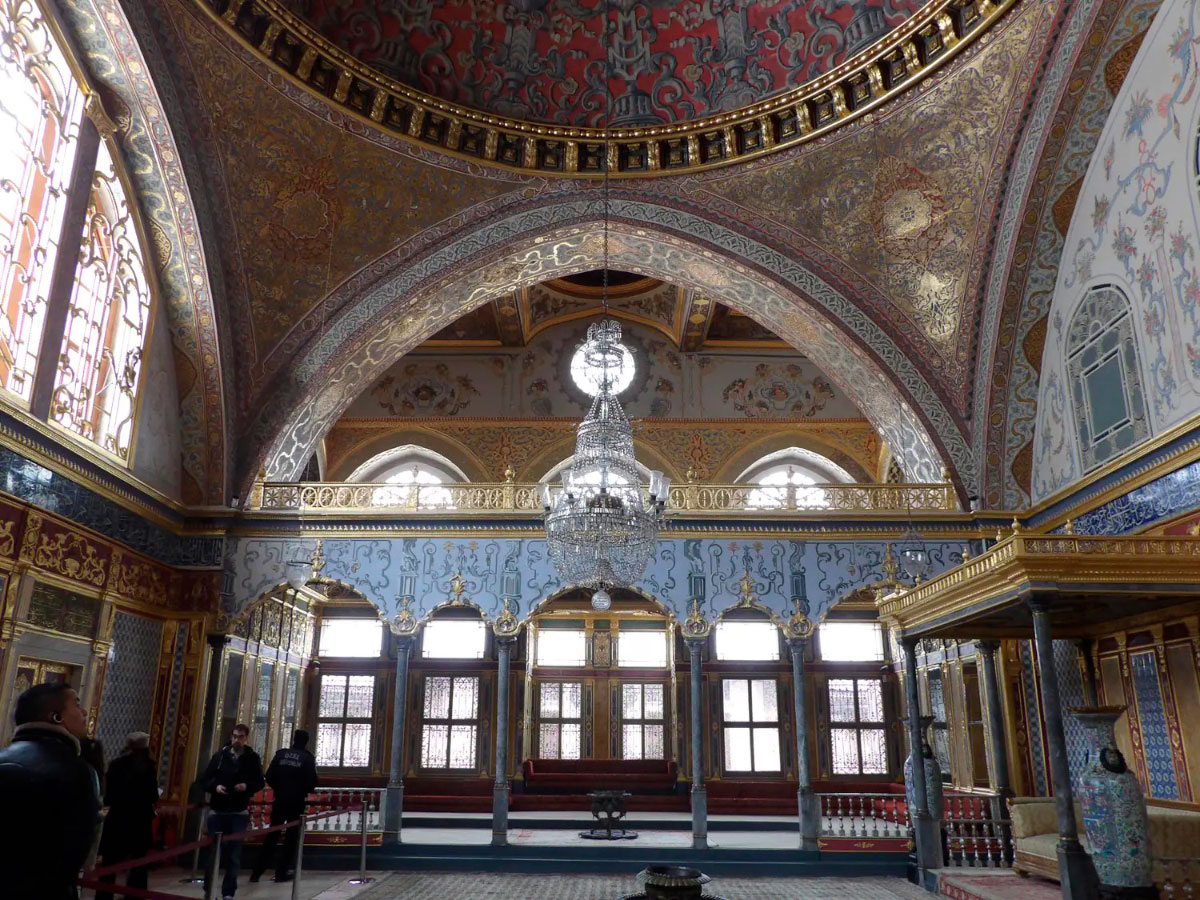The construction industry generates one-third of the world’s solid waste annually, most of which is destined for landfills, or crushed for use as fill. Circular architecture confronts this linear model. It rethinks the life cycle of buildings from their conception. The question of how to build them, now includes the question of what will happen to them when they are no longer useful.
Disassembly Architecture, or Buildings Like Legos
Design for Disassembly (DfD) proposes modular structures assembled like puzzle pieces: bolted joints, pure materials, and standardized components that can be disassembled without losing value. Here are some paradigmatic examples: the Park 20|20 business park in the Netherlands, designed to be disassembled and reconfigured according to the needs of its occupants; or Stadium 974 in Qatar, built with 974 reusable shipping containers that were disassembled after the World Cup. Even Los Angeles plans to reuse the 2028 Olympic venues according to this approach.
Material Passports: The DNA of Buildings
To ensure materials retain their value after dismantling, platforms like Madaster, catalogue their composition, carbon footprint, and reuse potential. These “passports“—which the EU is considering making mandatory—allow every component, from beams to bolts, to be tracked and facilitate their sale, recycling, or relocation in future projects.
From Demolition to Deconstruction
When a building is not designed for dismantling, its fate is often traditional demolition. However, cities like Boulder (Colorado, USA) have demonstrated that selective deconstruction can recover up to 94% of materials, as in the case of a recently dismantled hospital. Other cities, such as Portland and San Antonio (in Oregon and Texas respectively, also in the United States), incentivize these practices with expedited permits and tax benefits, reducing waste by up to 90% and, in the process, generating local employment.
Landfills Becoming Warehouses
What was once trash is now a valuable resource. Salvage yards and online auctions give a second life to solid doors, vintage tiles, or reclaimed wood beams. In fact, there are best-practice guides that encourage architects and developers to prioritize these materials over new ones, therefore closing the loop of the circular economy.
In a move that goes beyond environmentalism, designing for dismantling opens secondary markets, reduces the carbon footprint, and turns architects into long-term resource managers. In the future, buildings will be sold with “right to recycle,” just as energy efficiency is required today. Buildings will no longer be static structures, but constantly evolving material banks. The architecture of the future will be defined by its capacity for rebirth.
By Juan Guardiola Cutillas, Senior Architect in the Architecture Department at Amusement Logic
















